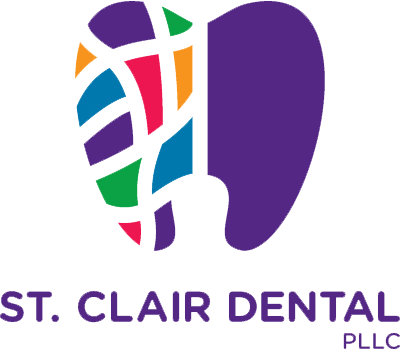Malocclusion, also known as misaligned teeth, is a vast oral health problem that affects between 39% and 93% of children and adolescents yearly. One of the best methods orthodontists have for treating this problem is with braces. However, these devices can be uncomfortable and painful, especially for those getting used to their first braces. For those new to wearing braces, we have some tips to help ease the transition and ensure that your teeth are healthy and aligned.
How Do We Treat Orthodontic Pain From Braces?
Symptoms such as mild tenderness, puffiness, and sensitivity are expected during the first few weeks of adjustment. For children and adolescents, it takes work to get comfortable wearing their braces. This occurs because the archwires and brackets used to straighten the teeth can irritate the gums and mouth, causing discomfort and swelling. But there are options for treating these symptoms, and we recommend the following:
- Anti-Inflammatory Medication: Medications such as non-steroidal anti-inflammatories are useful for addressing discomfort resulting from braces. These medications can be very effective, don’t cost much, and are available over the counter under generic names such as Ibuprofen.
- Analgesic/Numbing Medication: Analgesics help relieve discomfort from braces by interfering with the body’s nervous system, halting the ability to experience pain. It blocks the receptors communicating pain to the brain and body and has been proven very effective in addressing pain from braces when combined with NSAIDs. Some of these options can also be found over the counter through options such as Oragel and Benzocaine.
- Cold Ice Packs: Cold has an excellent effect against swelling and inflammation. It causes the blood vessels to narrow and constrict, reducing the amount of blood from reaching the irritated area. The pressure on the tissues is reduced, and reduces pain ice packs or eating cold foods can help reduce pain from braces.
These approaches are common ways to treat pain experienced from braces, but in more severe cases where the braces cause bleeding, chipped enamel, and excruciating pain, seeking immediate attention from your orthodontist or dentist is the best course of action. Always check your symptoms because it could indicate that the braces are not placed on correctly or some other problem with treatment that needs to be addressed. It is also important to know that certain foods, poor hydration, and poor brushing habits can lead to mouth irritation, so always brush your teeth, floss regularly, and have a healthy diet to keep your teeth healthy.
Ask Your Dentist For More Tips For Braces Pain
By contacting your dentist, they will be able to identify the causes of your discomfort and suggest methods and treatment options for reducing your pain and helping you gain the most out of your orthodontic treatment. In the meantime, schedule an appointment with your primary dentist to learn more about braces, how to take care of your teeth, and other factors that go into your dental care.

